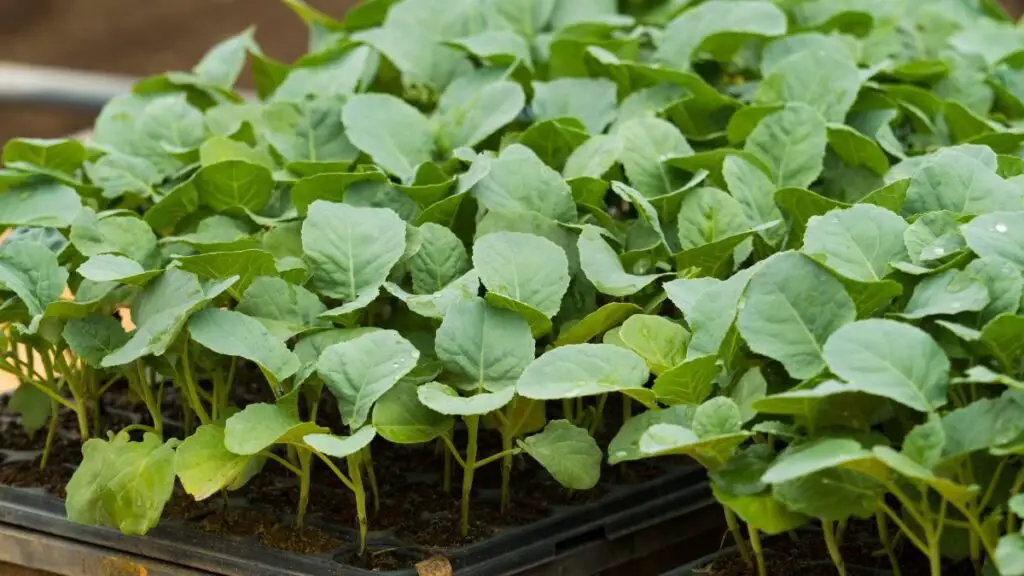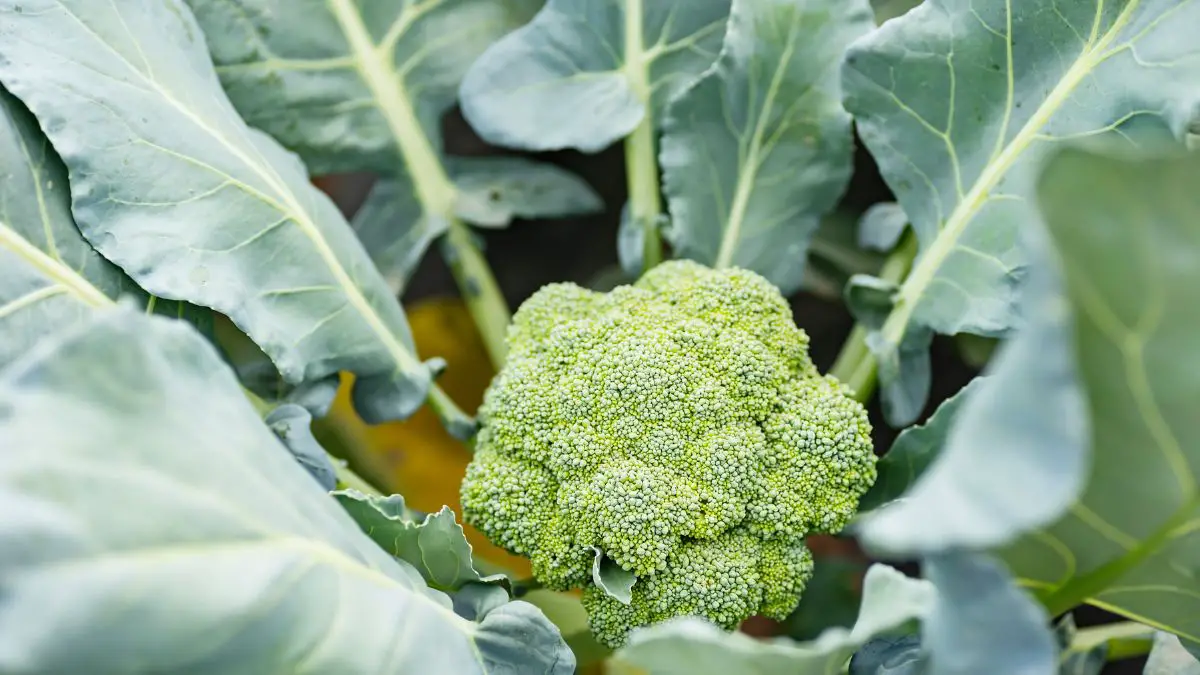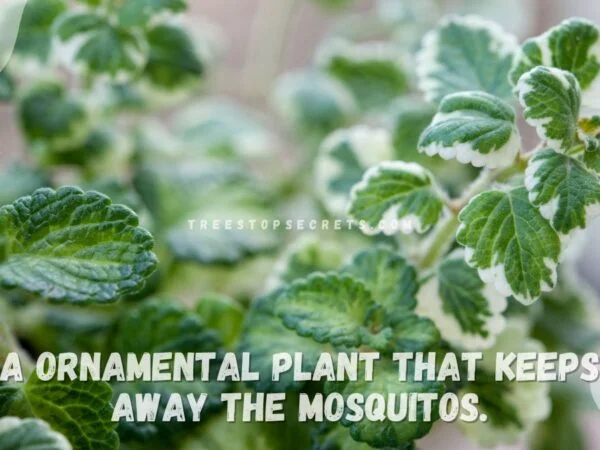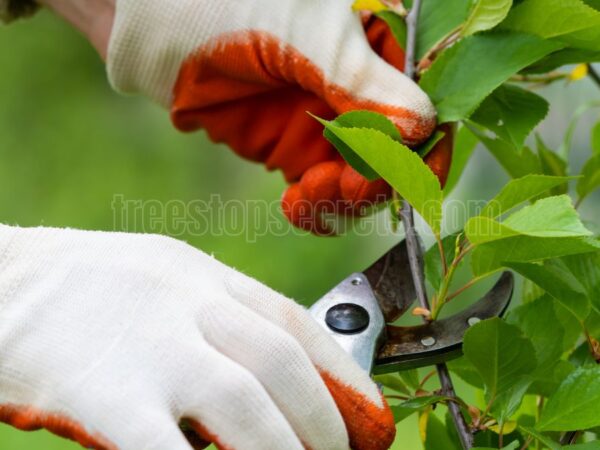Planting broccoli in containers is a convenient way to enjoy this nutritious vegetable, even with limited space. Follow these simple steps to successfully grow broccoli, a brassica vegetable, in your own container garden, from seeds indoors to transplanting seedlings. With the right soil, adequate sunlight, and regular watering, you can harvest fresh broccoli, a brassica vegetable, right from your patio or container garden. Broccoli is a cool-weather crop that thrives in well-draining soil and cooler temperatures, making it an ideal choice for container gardening.
Broccoli has a rich history dating back to ancient Roman times when it was highly regarded for its health benefits. By planting broccoli in containers in your garden, you can bring a touch of history and nutrition to your modern-day living space while enjoying the satisfaction of growing your own food.
Key Takeaways
- Choose the Right Broccoli Variety: Select suitable broccoli varieties for container gardening, such as dwarf or mini types, to maximize space and yield.
- Prepare Your Containers Properly: Ensure containers have adequate drainage, quality soil, and sufficient sunlight to support healthy broccoli growth.
- Follow Proper Planting Techniques: Whether sowing seeds or transplanting seedlings, handle broccoli plants delicately to promote successful growth in containers.
- Provide Consistent Care: Regularly water, fertilize, and monitor for pests to maintain optimal conditions for your container broccoli garden.
- Explore Advanced Care Methods: Experiment with techniques like companion planting or organic pest control to enhance the health and productivity of your broccoli plants.
- Time Your Harvest Correctly: Harvest broccoli when the heads are compact and firm for the best flavor and nutritional value.
Understanding Broccoli Varieties
Royal Tenderette Hybrid
Royal Tenderette Hybrid broccoli variety is ideal for container gardening due to its compact growth habit. It matures quickly, ready for harvest in just 55 days. Container gardeners favor this variety for its rapid growth and space-saving characteristics.
Tenderstem Broccoli
Tenderstem broccoli boasts a short maturation period of 50-60 days, perfect for those seeking quick results. Its edible tender stems add versatility to meals, making it a popular choice among consumers. Container gardeners appreciate the fast growth of Tenderstem broccoli, offering a rewarding gardening experience.
Purple Sprouting
Purple Sprouting broccoli stands out with its striking purple florets, adding visual appeal to any garden. This variety can withstand colder temperatures well, extending the growing season significantly. Gardeners find Purple Sprouting broccoli appealing for its prolonged growing season of up to 200 days.
Other Varieties
- 'Calabrese' broccoli variety features large heads and a delicious taste.
- 'De Cicco' broccoli type produces side shoots post main head harvest.
- Diverse options exist for growing broccoli in containers, catering to various preferences and needs.
Preparing for Planting

Choose the Right Container
When planting broccoli in containers, select a container that is at least 12-18 inches deep and wide to accommodate its root system. Containers made of plastic, clay, ceramic, wood, or fabric are suitable options. Plastic containers are lightweight and affordable but may deteriorate over time. Clay pots are porous, allowing better airflow to the roots but can dry out quickly. Ceramic containers are durable and retain moisture well. Wooden containers offer good insulation but may rot over time. Fabric pots provide excellent drainage but may dry out faster.
Proper drainage holes in containers are crucial for broccoli plants as they prevent waterlogging and root diseases by allowing excess water to escape. Without adequate drainage, the plant's roots can suffocate from lack of oxygen, leading to stunted growth and potential disease issues.
Select the Right Soil
For successful broccoli growth in containers, it is essential to use a high-quality potting mix that is well-draining and rich in organic matter. The potting mix should have a pH range between 6.0 to 7.0, providing an optimal environment for the plant's roots to absorb nutrients efficiently.
Before planting broccoli seeds or seedlings, consider mixing in a slow-release, balanced fertilizer into the potting mix. This step ensures that the plants receive a steady supply of essential nutrients throughout their growth cycle, promoting healthy development and robust yields.
Sowing Seeds and Transplanting
Sow Broccoli Seeds
To plant broccoli seeds, guide on planting them about half-inch deep in a seed-starting mix. Emphasize the need to keep the soil moist until seedlings sprout. The timeline for starting broccoli seeds indoors is 6-7 weeks before the last frost date.
Transplant Seedlings
When transplanting broccoli seedlings into containers, discuss the process involved. Highlight the care needed during this phase for successful growth. Provide tips on ensuring a smooth transition for seedlings into their new container environment.
Caring for Your Broccoli Garden
Watering Practices
Maintaining consistent moisture levels is crucial for growing broccoli in containers. Broccoli plants require regular watering to thrive. Overwatering can lead to root rot, while underwatering causes stunted growth.
When watering broccoli in containers, ensure the soil is moist but not waterlogged. Water deeply, allowing excess water to drain out of the container. The frequency of watering depends on factors like temperature and humidity.
Overwatering can suffocate the roots, leading to fungal diseases. On the other hand, underwatering results in poor nutrient uptake and wilting. Monitor soil moisture regularly to prevent these issues.
Fertilizing Correctly
Using a slow-release, balanced fertilizer is essential for nourishing broccoli plants in containers. This type of fertilizer provides a steady supply of nutrients over time. Apply fertilizer during planting and periodically thereafter.
For optimal growth, fertilize your broccoli every 3-4 weeks during the growing season. Balanced fertilizers contain equal parts of nitrogen, phosphorus, and potassium. These nutrients are vital for healthy foliage and strong root development.
Nutrients play a vital role in supporting plant growth and fruit production. Ensure your broccoli receives adequate nutrition by following a consistent fertilization schedule.
Light and Temperature Needs
Broccoli plants thrive in full sunlight, requiring at least 6-8 hours of direct sunlight daily. Position your containers where they receive ample light throughout the day. Inadequate sunlight can result in leggy growth and smaller heads.
The ideal temperature range for growing broccoli is between 60-70°F (15-21°C). Cooler temperatures promote better head formation, while warmer temperatures can cause bolting (premature flowering). Monitor temperature fluctuations to maintain optimal growing conditions.
Light influences photosynthesis, which is crucial for plant growth. Temperature impacts various physiological processes within the plant, affecting overall development and yield.
Pest and Disease Management
Common pests that may affect broccoli plants include aphids, caterpillars, and flea beetles. Diseases like powdery mildew and clubroot can also pose threats to your crop. Regularly inspect your plants for signs of infestation or disease.
Preventive measures such as companion planting with pest-repelling herbs or flowers can help deter pests naturally. Maintaining good air circulation around plants reduces the risk of fungal diseases.
Organic pest management methods include using insecticidal soaps or neem oil sprays to control pests without harming beneficial insects like bees.
Advanced Care Techniques
Pruning and Staking
Pruning broccoli plants is essential to stimulate the growth of side shoots, prolonging your harvest. By removing the central head, you encourage the plant to produce smaller florets continuously. This practice ensures a more abundant yield over time.
Staking taller varieties of broccoli is crucial to prevent them from bending or breaking under their weight as they mature. Supporting these plants with stakes keeps them upright, allowing for better air circulation and sunlight exposure, leading to healthier growth.
To prune your broccoli effectively, focus on cutting the main central head at an angle just above the first set of leaves. This pruning technique triggers lateral growth, promoting side shoot development. Stake your broccoli plants when they reach a height where they might start bending or leaning. Use sturdy stakes and gently tie the stems to provide adequate support without damaging the plant.
- Benefits of Pruning:
- Stimulates side shoot production
- Increases overall yield by encouraging continuous growth
- Importance of Staking:
- Prevents damage from bending or breaking
- Enhances air circulation and sunlight exposure for healthier plants
- When pruning, cut the central head at an angle just above the first set of leaves.
- Stake taller broccoli varieties once they reach a height that may cause bending.
- Use sturdy stakes and gentle ties to support the plants effectively.
Harvesting Your Broccoli
Signs
When the broccoli heads are firm and reach a diameter of around 4 to 8 inches, they are ready for harvesting. Look for tight florets and vibrant green color.
Harvesting Process
To harvest broccoli, use a sharp knife to cut the main head at an angle, leaving about 6 inches of stem. This encourages side shoots to develop for additional harvests.
Broccoli plants continue to produce smaller heads after the main one is harvested. Regularly check for these side shoots and harvest them promptly to encourage more growth.
Best Practices
Harvest broccoli in the morning when the heads are cool and full of moisture. Cut them cleanly to prevent damage that may attract pests like cabbage loopers.
Avoid harvesting during hot hours as this can lead to wilting. Store harvested broccoli in a cool place or refrigerate immediately for freshness.
- Pros:
- Continuous harvesting from side shoots prolongs the yield.
- Freshly harvested broccoli retains more nutrients compared to store-bought ones.
- Cons:
- Overlooking small heads can lead to bolted or bitter-tasting broccoli.
- Improper handling post-harvest can reduce shelf life and quality.
Benefits of Container Gardening
Space Efficiency
Growing broccoli in containers offers significant benefits, particularly in terms of space efficiency. For individuals with limited gardening space, container gardening provides a practical solution. By utilizing containers, gardeners can cultivate broccoli even in small areas such as balconies or patios.
Soil Quality Control
Container gardening enables precise control over the soil quality for broccoli plants. This control is crucial as broccoli thrives in well-draining, nutrient-rich soil. Gardeners can tailor the soil composition to meet the specific needs of broccoli, ensuring optimal growth and development.
Environmental Adaptability
The adaptability of container gardening makes it an ideal method for cultivating broccoli in various environments. Urban and small-space gardeners can leverage this versatility to grow broccoli regardless of their location's limitations. Containers can be easily moved to optimize sunlight exposure and protect plants from adverse weather conditions.
Summary
In this guide, you've learned about various broccoli varieties, how to prepare for planting, sow seeds, care for your broccoli garden, advanced care techniques, harvesting methods, and the benefits of container gardening. By following these steps, you can successfully grow delicious broccoli in containers right at your home. Remember to choose the right variety for your space, provide adequate care and nutrients, and monitor your plants regularly. With proper attention and maintenance, you'll soon enjoy a bountiful harvest of fresh broccoli.
Now that you have all the knowledge needed to grow broccoli in containers, it's time to roll up your sleeves and get started. Put these tips into action, experiment with different techniques, and enjoy the process of nurturing your own home-grown broccoli. Happy gardening!
Frequently Asked Questions
How do I choose the right broccoli variety for container gardening?
Select compact varieties like 'De Cicco' or 'Green Magic' suitable for containers. Opt for dwarf types that don't require much space to thrive.
Can I start broccoli from seeds in containers?
Yes, you can sow broccoli seeds directly into containers or start them indoors and then transplant them once they have developed a few true leaves.
What are the essential steps to prepare for planting broccoli in containers?
Ensure your container has drainage holes, fill it with well-draining soil, and position it in a location that receives at least 6-8 hours of sunlight daily.
How often should I water my broccoli plants in containers?
Water your broccoli plants regularly, aiming to keep the soil consistently moist but not waterlogged. Check the moisture level by inserting your finger into the soil.
Do broccoli plants grown in containers need fertilization?
Yes, provide a balanced fertilizer every 3-4 weeks or use a slow-release fertilizer when planting. Ensure the fertilizer is high in nitrogen to support healthy plant growth.
Image Source: Paid image from CANVA




